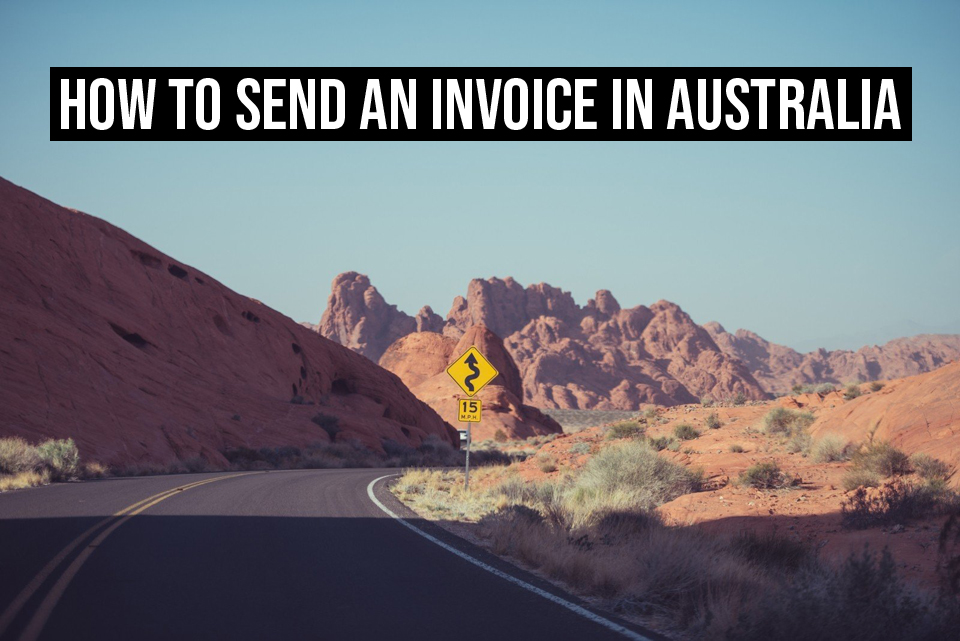Invoicing is one of the first things you need to master when starting a small business, becoming self-employed, or working as a freelancer. It might not be the most exciting part of running a business, but invoicing is the key to getting paid.
In this blog post, we offer some advice to Australian freelancers and small business owners who are looking to send their first invoice.

What to include in an Australian invoice?
Every country has a specific set of rules and regulations for invoicing; wherever you’re based, its important that your invoices are legal, accurate, and compliant with any invoicing laws.
Any invoice issued in Australia needs to include:
- Your name, address, and contact details. If you’re a freelancer or sole trader, you can use your own name, all other companies need to use a registered business name.
- Your Australian Business Number (ABN) or Australian Company Number (ACN). If you forget to provide an ABN or ACN, you customer can withhold up to 47% of the total invoice value!
- The word ‘invoice’.
- A unique invoice number.
- The date the invoice was issued.
- Your customer’s name and contact details.
- Details about the goods or services provided. Make sure to include the price and quantity of each item - for services this might include hourly rates, the number of hours, or professional fees.
- The total cost (remember to apply any discounts you’ve offered your customer).
Overdue invoices are a common problem for business owners and freelancers in Australia. To make sure you get paid on time, you should also include:
- Payment instructions. You should clearly state a due date, how the invoice can be paid, and whether you charge late fees. You might choose to include your bank details.
- A customer reference number or purchase order number (if your customer has provided one).
If you’re registered for GST you’ll need to follow a few extra rules, such as providing details about how much GST is charged.
What should my invoice look like?
The Australian Tax Office (ATO) has issued some voluntary requirements for the layout of invoicing. While these requirements are optional for non-tax invoices (invoices that don’t include GST), they still provide a good benchmark for professional invoicing. The most basic guidelines for formatting an invoice include:
- Your company name should be at the top of the invoice.
- Your ABN or CAN should be near your name.
- The word ‘Invoice’ must be clearly identifiable and somewhere at the top of the invoice.
- The issue date should be on the right-hand side of the invoice.
If you want to be creative with your invoicing, you can play around with colours, logos, fonts, and images - but make sure that any design choices look professional, reflect your brand, and don’t make the invoice too difficult to read.
How can I create and send invoices?
Traditionally, small business owners have been limited to creating their invoices manually - whether by hand, with Word, or with Excel. While this might be a good option for one-off invoices, most freelancers can benefit from online invoicing software. Not only is invoicing software quicker, easier, and more efficient than Word or Excel, it eliminates the risk of forgetting important information.
Many countries are moving towards digital tax and online invoicing, but Australian businesses still have the option to send invoices via post, email, fax, or even in person. Again, this might be an effective solution for a couple of invoices here and there, but manually sending invoices can become time-consuming and repetitive. Whether you use an online system or a paper-based approach, its important to send your invoices promptly to increase the chance of getting paid on time. It’s also essential that your invoicing system is compliant with Australian record-keeping regulations.
With online invoicing solutions such as Debitoor, you can create and send invoices in less than a minute. You can be sure that your invoices are legal, compliant, and professional - and it’s free to try for seven days!
